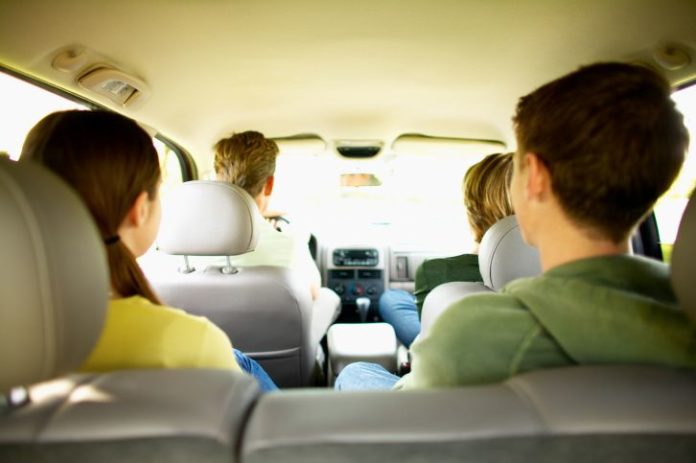At a time when childhood obesity rates are on the rise, Deakin University research has found that parents prefer to play chauffeur than let their children walk or ride to school or around the local neighbourhood.
In a VicHealth funded study of 430 primary and 258 secondary school children and their parents, the researchers with Deakin’s Centre for Physical Activity and Nutrition Research examined how often, and why, parents drove their child home from school and to local destinations within walking distance of home.
The results, published in the Journal of Transport Geography, show that a third of all the children, and in particular around half of the primary school children, were driven home from school. Most of the children were also accompanied by a parent on local trips and were almost always driven.
“Our findings demonstrate that parental chauffeuring is pervasive, particularly among primary schoolchildren,” said Deakin research fellow, Dr Alison Carver.
“Fear of their child being hit by a car and lack of trust in the local neighbourhood were the main reasons parents gave for preferring to drive their children.
“However it is ironic that 45 per cent of parents who drove their child home from school by car did so because of concerns about traffic, and yet in doing so, contributed to congestion on the roads and around the school gates.”
Almost half (47 per cent) of the parents reported that the distance between home and school was also a reason for driving their children home.
“Parents’ freedom of choice regarding which school their child attends has resulted in many children travelling longer distances to school, and not attending the school closest to home, when compared with previous generations, increasing the likelihood of parents driving them,” Dr Carver said.
The results of this study point to a need for improvements to infrastructure improve road safety and increase the levels of social trust within the community if parents are to allow their children to be more active in their neighbourhoods.
“Overall, parents in our study reported having greater freedom during their childhood, compared with their own children,” Dr Carver said.
“There is a need for interventions and programs to improve road safety, such as introducing traffic calming measures, and build social trust and community connectedness. Initiatives that promote walking and cycling on local streets may, in turn, promote social interaction on local streets.
“It may then be possible for children once again to experience their neighbourhoods on foot or by bicycle, rather than from the backseat of their parent’s car.”
Results at a glance:
- Study examined surveys of 430 primary school children and 258 secondary school children and their parents from urban and regional areas in Victoria
- The median distance between home and school was 2.94 km in urban areas and 4.68 km in rural areas
- 34% of children were driven home by their parents. The rate was higher among primary school children (46%) than secondary school children (14%) and higher in urban (37%) than rural (28%) areas.
- Among the primary school children driven home from school, 60% did not attend the closest possible school
- On trips to local destinations that were within walking distance of home, most children (43%) were accompanied by their parent. Almost all of these trips (91%) were made by car and, on average, parents made 3.6 round trips to accompany their child each week.
- 43% of urban and 32% of rural children were usually driven to local destinations
- The main reasons given for not allowing their child to travel alone or with other children to local destinations included: concern about traffic (24%); child is unreliable or too young (18%); concern about danger from adults (17%); concern about lack of support if child needed help (11%); other reason (14%) with lack of time the most commonly reported
- Most parents (85%) reported they were allowed to get about alone at a younger age than they allowed their children to do for reasons of greater traffic danger (45%) and greater risk of harm from strangers (44%)
Source: Deakin University










